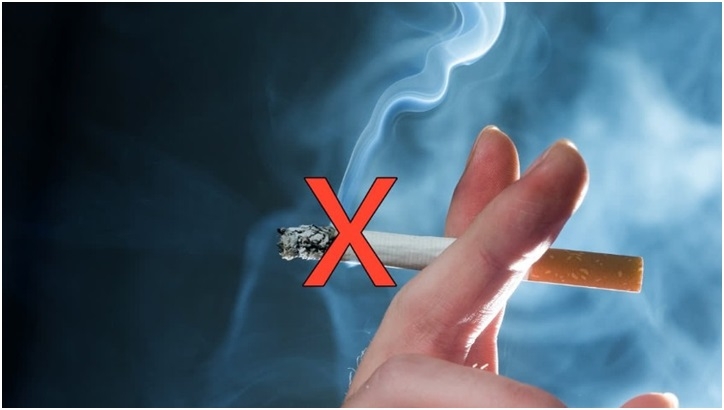India Tops Global Tobacco Control Rankings In Quit Help And Warnings: WHO Report

On June 23, the World Health Organization (WHO) dropped its 2025 Global Tobacco Epidemic report. India’s report card looks pretty impressive this year.
WHO has this neat little toolkit called MPOWER. It's an acronym for:
Monitor tobacco use and policies
Protect people from second-hand smoke
Offer help to quit
Warn about the dangers
Enforce ad bans
Raise taxes
Out of these six, India has hit the top level in two of them: Offering help to quit (O) and Warning labels (W). We’re in the second-best tier for Monitoring and Mass media (M). That’s like scoring a solid 90% in four out of six subjects.
The Quit Story Is Everywhere
More than a mere “bad habit,” tobacco is a life-stealer. Over 7 million people die each year due to tobacco-related diseases, and another 1.3 million die from just being around second-hand smoke. While developed nations are still debating how much is too much when it comes to tobacco control, India has taken some bold, no-nonsense steps:
Smoking is banned in all indoor public spaces.
Special smoking rooms are allowed only in specific places like big restaurants and airports.
All tobacco advertising—on TV, radio, print, even online—is banned.
Still, there’s room for improvement. Online tobacco sales and point-of-sale advertisements haven’t been completely banned yet. So, while we’re acing some subjects, we need a little tuition in a few others.
India’s OTT Power Move
We all know everyone’s hooked to OTT platforms these days: Netflix, Prime, you name it. The Indian government spotted a loophole: While we were regulating films and TV for tobacco content, nobody was watching what was being shown on streaming platforms. So, in May 2023, India became the first country to bring OTT content under tobacco control. Now, if a character lights up a cigarette in a show, here’s what you’ll see a 30-second anti-smoking spot at the beginning and middle of the episode, a constant static warning on screen whenever someone’s smoking, a 20-second audio-visual disclaimer about tobacco harms at both start and midpoint in the same language as the content. No sneaky English warnings in a Telugu serial.
What We’re Still Getting Wrong
There are a couple of places where India still needs to up its game:
<Taxes: Only 15% of Indians are protected by high tobacco taxes (above 75% of the pack’s price). That’s too low. Making cigarettes expensive is one of the best ways to discourage people from buying them.
<Quit Services: Only 33% of people globally have access to cost-covered quit services. We need to ensure our public health system can support the millions who want to quit but don’t know how.
<Advertising at Point of sale is still allowed. Those flashy packets at pan shops are temptation magnets. Time to put a lid on them.
Another area that WHO flagged is the regulation of smokeless tobacco and e-cigarettes. While India banned e-cigarettes in 2019, there’s a long way to go in regulating chewing tobacco and other forms that are especially popular in rural areas. We’ve got the laws, but enforcement still needs muscle.
India’s Cultural Edge
From Ayurveda to yoga, Indian culture has always promoted wellness. Now, we’re using that mindset to tackle tobacco. This isn’t just about slapping fines or putting out rules. It’s about creating a culture where smoking isn’t seen as “cool” or “rebellious,” but as what it actually is: a health hazard. We’re seeing that shift. More young people are choosing to go smoke-free. Schools are running awareness campaigns. And digital platforms, which are usually tough to regulate, are now part of the solution.
India may not have won a World Cup in a while, but when it comes to tobacco control, we’re world champions in many categories. From giant warning labels to quitting support and even streaming platform regulation, we’ve shown that even a country with over a billion people can make serious moves in public health. However, this isn’t the end of the road. Taxes, online sales, smokeless tobacco... there’s still work to be done.Ultuam oculegitum int, cones se pariditala publin tus.

